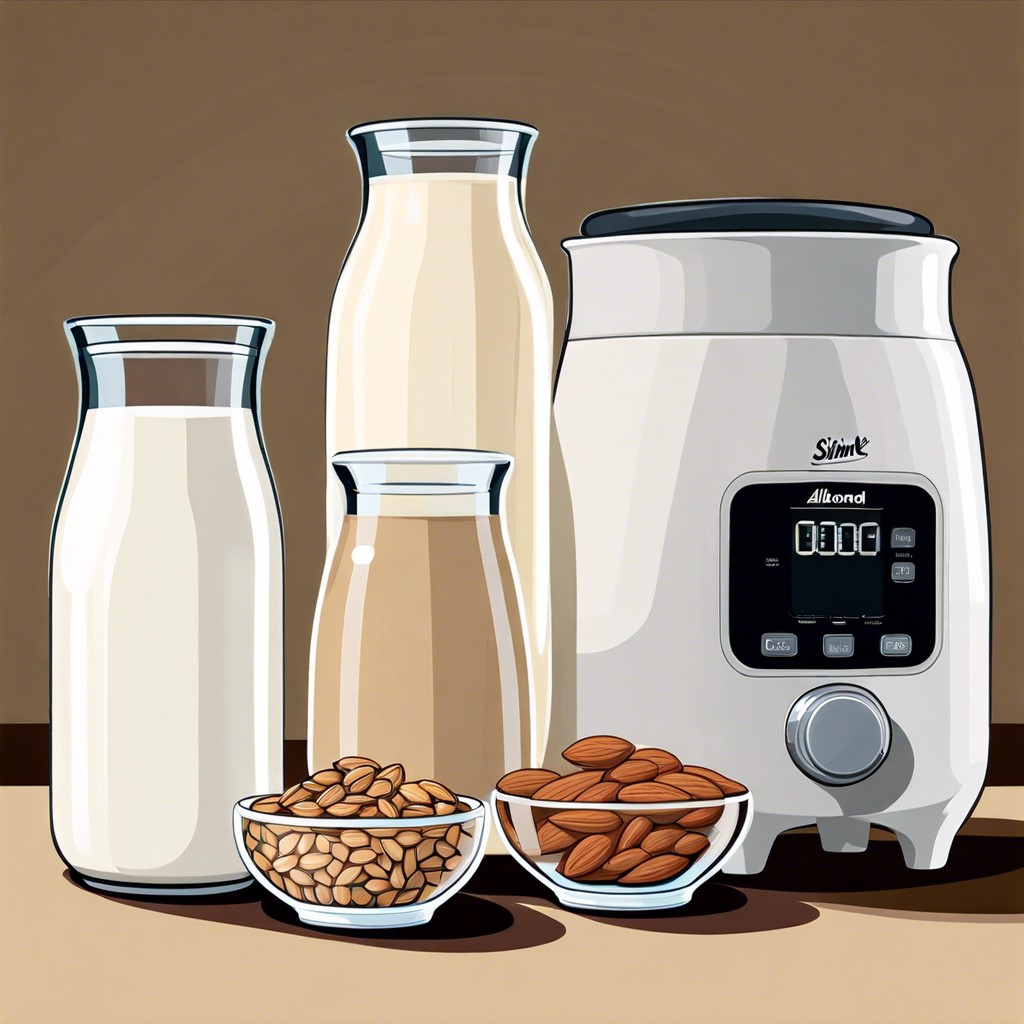Learn how to heat milk for hot chocolate in the microwave to achieve the perfect temperature every time.
Key takeaways:
- Choose the right type of milk for perfect hot chocolate.
- Use a microwave-safe container to avoid spills and ensure even heating.
- Set the microwave temperature to medium-high or use a ‘reheat’ option.
- Stir the milk every 30 seconds to distribute heat evenly.
- Check the temperature with a thermometer or by feeling the warmth on your wrist.
Inside
Choosing the Right Type of Milk

When it comes to making hot chocolate, the type of milk you choose can drastically affect the taste and texture of your drink. Whole milk is often recommended for a rich and creamy flavor, but if you prefer a lighter version, skim or 2% milk are good options. For those with dietary restrictions, almond, soy, and oat milks are excellent alternatives that still enable a delightful hot chocolate experience. Remember, each type of milk reacts differently when heated, so adjustments might be necessary to achieve the perfect cup.
Appropriate Microwave-Safe Container Selection
Selecting the correct container for heating milk in a microwave is crucial to avoid spills and ensure even warming. Opt for a glass or ceramic mug or bowl as these materials are typically very microwave-friendly and handle heat well. Plastic containers can also be used but ensure they are labeled as microwave-safe to avoid any chemical leaching or melting issues.
Size matters too. Choose a container with enough space to allow the milk to bubble up without overflowing. A good rule of thumb is to fill the container no more than three-quarters full, leaving room for the milk to expand as it heats.
Lastly, avoid using metal containers or any dishes with metallic trim, as these can spark and potentially damage your microwave.
Setting the Microwave Temperature
To achieve optimal results, set your microwave’s power level to medium-high, typically around 70% of full power. This prevents the milk from heating too quickly and reduces the risk of it boiling over or forming a skin on top. If your microwave doesn’t provide power settings in percentages, look for a ‘medium’ or ‘reheat’ option. Adjustments might be necessary based on the wattage of your appliance, as microwaves with higher wattage heat items faster.
For best practice, heat the milk in short increments. Start with 30-second bursts and then check the warmth. Continuing this method allows the milk to warm evenly and also gives you the control to prevent overheating. Remember, every microwave behaves a bit differently, so personal observation plays a key role. Adjust the timer and power as you see fit based on your observations.
Stirring Intervals During Heating
To prevent the milk from scalding or heating unevenly, stirring regularly is key. Start by heating the milk for about 30 seconds before giving it a gentle stir. Continue this process, stirring every 30 seconds, until the milk reaches the desired temperature. This frequent mixing helps distribute heat, reducing the risk of hot spots that can cause skin formation on the surface of your milk. It’s a bit like ensuring each sip of your hot chocolate will be smooth and perfectly warm.
Checking Milk Temperature
To avoid overheating, use a food thermometer to check if the milk has reached the optimal temperature, which should be around 150°F to 160°F. Overheated milk can spoil the flavor and consistency of your hot chocolate. If you don’t have a thermometer, test the heat by placing a drop of milk on the inside of your wrist. It should feel warm but not uncomfortably hot. Be watchful since microwave strengths can vary, resulting in uneven heating. Stir the milk after each interval to help spread the heat evenly throughout. This practice prevents scalding at the bottom or sides of your container.
Related
- Microwave Milk for Hot Chocolate: Easy Step-by-Step Guide
- How to Melt Chocolate Chips: Straightforward Steps and Tips
- How to Melt White Chocolate Chips: Simple Steps for Smooth Results
- How to Melt Chocolate in Microwave: Quick & Easy Steps
- How to Temper Chocolate: Practical Steps for Smooth and Glossy Results